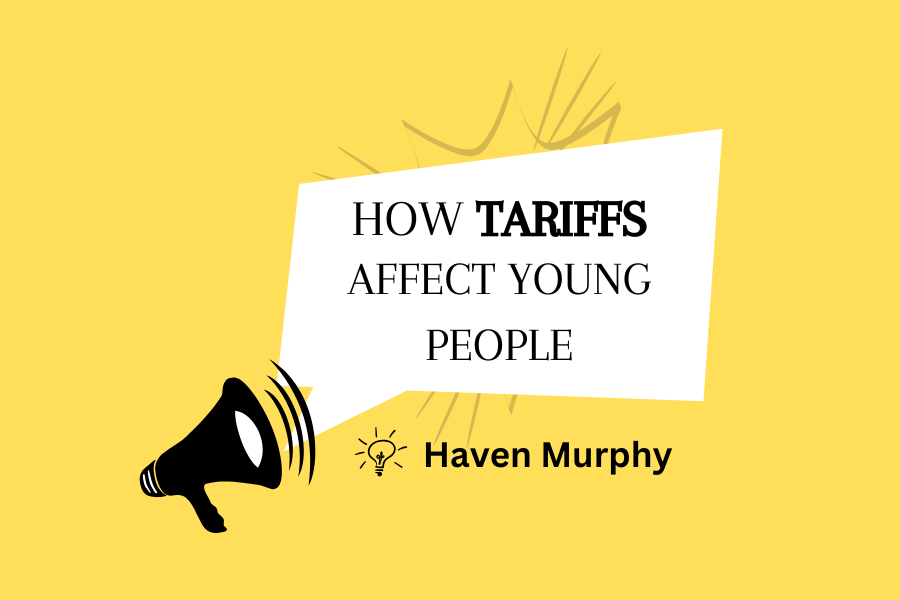During the month of April, the presidential administration began sharing their plans to help combat the annual trend of declining birth rate within the United States. The Bump, a well-established resource for new or expecting parents, reports that 2023 birth rates dropped below what was needed to continue growing the population. While that may appear to be dangerous, risks of overpopulation and the current availability of parenting resources seem to encourage quite a few young adults to pursue a child-free future.
Further corresponding to the shrinking birth-rate, global infertility rates are rising. In 2023, The World Health Organization released data that reveals the worldwide infertility rates to be at a shocking 17.8% in more affluent countries, and nearly 1% less in low-to-middle income countries. An April 2024 study published by the Center for Disease Control ( CDC) reports that within the United States, the infertility rates are roughly between 10-20% depending on the age group. While infertility is on the rise, the government’s pronatalist promises seem to disregard such data, as very little action has been taken to support infertility treatments and care.
According to The New York Times, one such proposal was to devote 30% of scholarships awarded for the Fulbright Program to candidates who already have children or may plan to have children in the future. Traditionally, the Fulbright Program is known for its encouragement of international relations in research, exchange years and diplomatic affairs, not for its involvement in matters of pregnancy and maternity.
The second proposal from the White House includes a monetary incentive of $5,000 for every one birth per family. This would allegedly be awarded to the mother following the confirmed birth of a child. Despite the initial suggestion of this idea originating from the administration itself during a press interview, very limited information is available pertaining to when or how this would be enacted.
The administration’s third proposed method of increasing the United States birth rate is a government sponsored and regulated pregnancy-education program targeted toward women. The aim of this would be to encourage young women to start families through educational motivation. Similar to the monetary incentive, this would require extensive funding and planning of which there is currently no publicly available plan for.









